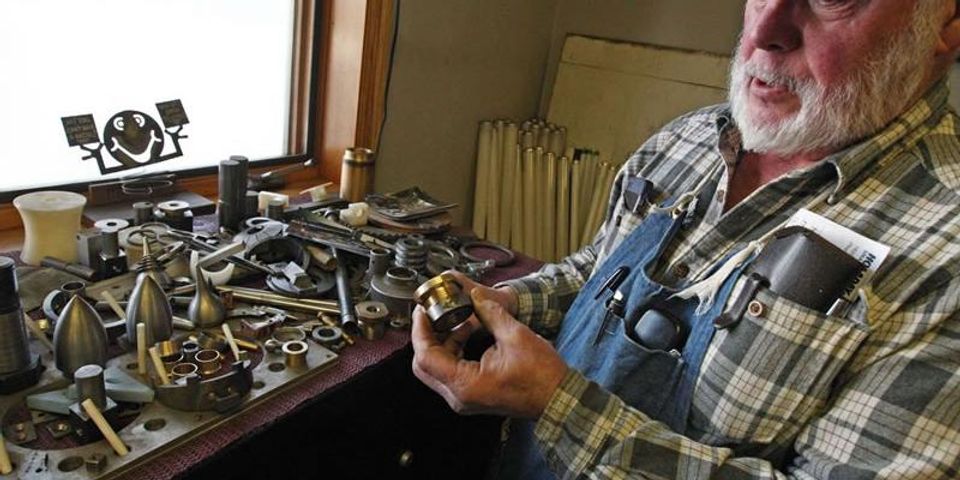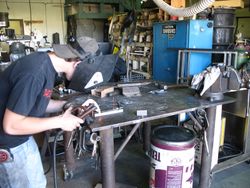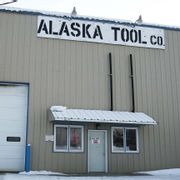
Metal fabrication is a complex process that many industries employ to develop their products. Whether you’re using steel to create aircraft parts or are looking to replace a component for heavy machinery, you’ll need to have a basic understanding of the process. Welding sheet metal requires intricacy and meticulous attention to detail, so it pays to work with a team of technicians that has plenty of experience and the education to provide quality results.
The 4 Steps of Metal Fabrication
1. Cutting
To begin, welders will cut large pieces of metal into a smaller, more manageable size using a large shearing machine. If the project requires intricate designs or shapes, the technician might use lasers to make precise incisions in the metal while retaining complete control over the transformation of the steel sheet. Punching is another popular method for smaller-scale projects, which creates a series of small holes in the sheet metal until the desired shape and size is achieved.
2. Bending
 Once the metal is the correct size, the welders will place it on a press break, carefully lining the sheet over a V-shaped gap and pressing down into the center. This will cause the sides of the metal to bend upwards and retain the shape if enough pressure is applied. The amount of pressure necessary to bend effectively will depend largely on the grain of the metal you’re working with. This crucial step requires the keen attention of a skilled professional, as improper technique can cause the metal to spring back to its original shape.
Once the metal is the correct size, the welders will place it on a press break, carefully lining the sheet over a V-shaped gap and pressing down into the center. This will cause the sides of the metal to bend upwards and retain the shape if enough pressure is applied. The amount of pressure necessary to bend effectively will depend largely on the grain of the metal you’re working with. This crucial step requires the keen attention of a skilled professional, as improper technique can cause the metal to spring back to its original shape.
3. Assembling
After the metal sheets have been cut and bent into the correct shapes, they are joined together by strong clamps and welded. Small, temporary welds, called tack welds, are used to hold each piece in place before the technician makes final, permanent welds. Depending on the nature of the project, other means of assembly, such as rivets or screws, might be used.
4. Polishing
Once the metal has been sized and assembled, it must go through a series of finishing steps to ensure smoothness and proper coating. Cosmetic touches like smoothing, polishing, painting, and coating help to create a layer of protection against corrosion.
In Fairbanks, AK, Alaska Tool Company has been the go-to name for metal fabrication and custom metal work. For the last 40 years, this woman-owned business has used innovative techniques and top-of-the-line machinery to create flawless metalwork for a variety of industries all over the area. With a focus on personalized projects, they’ll make every effort to ensure the final product matches your specifications to a tee. Visit them online or call now at (907) 479-5354.
About the Business
Have a question? Ask the experts!
Send your question

